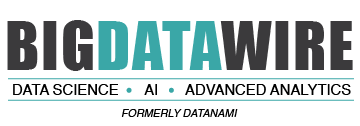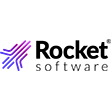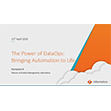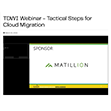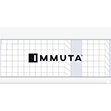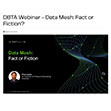
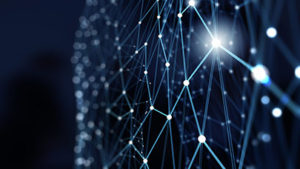
(Sergey Nivens/Shutterstock)
Yahoo, Cambridge Semantics, and Ravel Law are among the companies making news this week in the burgeoning field of graph and entity analytics.
Wouldn’t it be nice to automatically extract meaningful information from text, such as what it’s about and identifying the major entities (people, places, things) without explicitly training a program to do so? That’s essentially what Yahoo does with its Fast Entity Linker, which is an unsupervised entity recognition and linking system.
The big news out of Sunnyvale, California today is that Yahoo has decided to make Fast Entity Linker freely available as an open source product. Now, anybody can use software to automatically extract entities and perform basic link analysis on text.
One of the cool things about Fast Entity Linker is that it supports not just English, but also Spanish and Chinese. That makes it one of only three freely available entity recognition and linking systems that support multiple languages. The others, according to today’s Yahoo Research blog post, are DBpedia Spotlight and Babelfy.
Yahoo’s Fast Entity Linker (FEL) core was trained with text from Wikipedia, and uses entity embeddings, click-log data, and efficient clustering methods to achieve high precision, according to Yahoo Research engineers. “The system achieves a low memory footprint and fast execution times by using compressed data structures and aggressive hashing functions,” the company says.
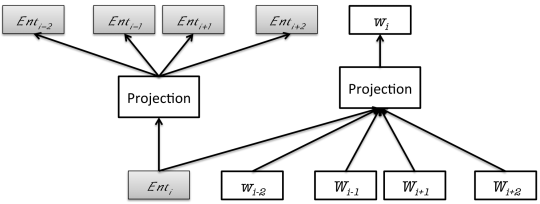
How Yahoo’s FEL trains word embeddings and entity embeddings simultaneously. (Image courtesy Yahoo Research)
Named entity extraction and linking systems like FEL are critical elements for many text analytics projects. The approach is particularly useful for fine-tuning search engines, recommender systems, question-answering systems, and for performing sentiment analysis.
You can download Yahoo’s contribution at github.com/yahoo/FEL.
A Triple Crown
We also have news out of Boston, Massachusetts, where Cambridge Semantics claims it has “shattered” the previous record for loading and querying humongous sets of linked data, or “triples” that include three pieces of related data, including a subject, a predicate, and an object.
The company says its Anzo Graph Query Engine, which it obtained with its 2016 acquisition of Barry Zane’s SPARQL City, completed a load and query of one trillion triples on the Google Cloud Platform in less than two hours. That is 100 times faster than the previous solution running the same Lehigh University Benchmark (LUBM) at the same data scale, the company claims.
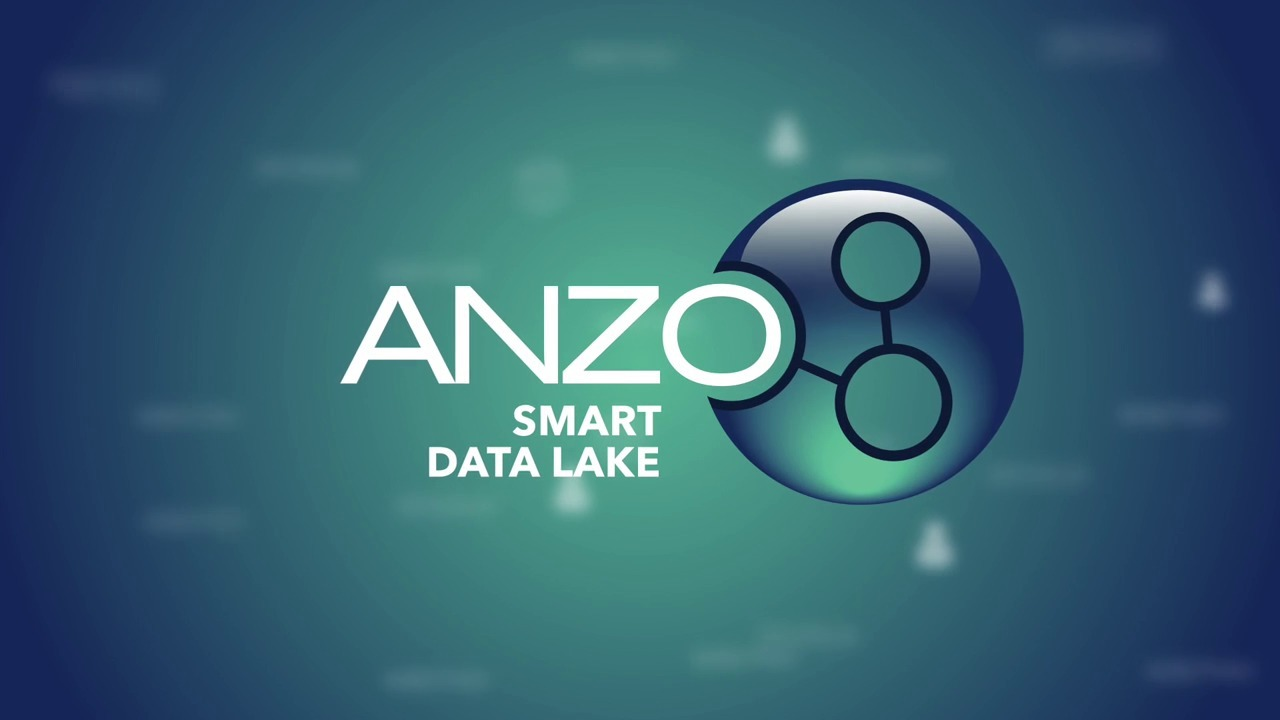 To put that into perspective, one million triples occupies the same amount of data as six months of worldwide Google searches, 133 facts for each of the 7 billion people on earth, 100 million facts describing all the details of each of 10,000 clinical trial studies, or 156 facts about each device connected to the Internet, according to Cambridge Semantics.
To put that into perspective, one million triples occupies the same amount of data as six months of worldwide Google searches, 133 facts for each of the 7 billion people on earth, 100 million facts describing all the details of each of 10,000 clinical trial studies, or 156 facts about each device connected to the Internet, according to Cambridge Semantics.
Zane, who is Cambridge Semantics vice president of engineering, says long load times have been a big hurdle for enabling semantic-based analytics. “With the LUBM results, it’s been validated that a loading and query process that once took over a month’s worth of business hours can now be completed in less than two hours,” he says in a press release.
Anzo Graph Query Engine is a clustered, in-memory graph analytics engine designed to enable users to write and run ad hoc and interactive queries using open semantic standards, like SPARQL, which is a query language for Resource Description Framework (RDF).
Zane, who also created the ParAccel column-oriented database that today is at the heart of Amazon’s RedShift offering, says the graph approach is needed because increasing data volumes will break traditional analytics built atop inflexible relational databases.
“This benchmark record set by our Anzo Graph Query Engine signals a paradigm shift where graph-based online analytical processing (GOLAP) will find a central place in everyday business by taking on data analytics challenges of all shapes and sizes, rapidly accelerating time-to-value in data discovery and analytics,” he says.
Graphing Legal
This week also saw the launch of new semantic technology from Ravel Law, a San Francisco-based startup that’s looking to bring advanced analytics to the legal domain.
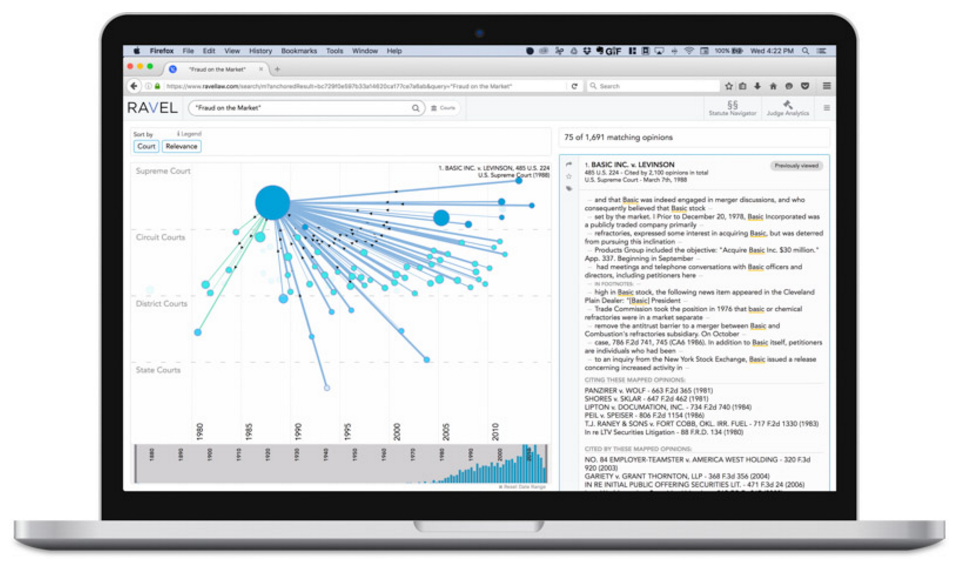
Ravel’s Court Analytics gives the user a graph-based interface to explore connections among judges, courts, and cases in the legal world.
Ravel’s new Court Analytics offering combines natural language processing, machine learning, and semantic technology to help lawyers get a leg up in court. By analyzing millions of court opinions and identifying patterns in language and case outcomes across 400 federal and state courts, the software enable lawyers to make better decisions when comparing forums, assessing, possible outcomes, and writing briefs, the company says.
“Attorneys can inform their strategy with objective insights about the cases, judges, rules and language that make each jurisdiction unique,” Ravel CEO and co-founder Daniel Lewis says in a press release.
The product builds on the company’s exclusive access to one of the country’s largest libraries of case law: the one at Harvard University, which is second only to the Library of Congress. Harvard Law School has tapped Ravel in a partnership called the Caselaw Access Project to digitize 40 million pages of text across 43,000 volumes to make them freely accessible online. In exchange for doing the OCR grunt work, Ravel gets an eight-year license to commercially exploit redacted files.
The company, which was founded by Stanford Law graduates, looks to be doing exactly that. Court Analytics is its third product, behind Judge Analytics and Case Analytics. And it appears the company is aiming for more. “Judges are just one entity,” Lewis tells ABA Journal. “You can use analytics for individual firms, lawyers and companies. There’s fertile ground for new insights there.”
It’s unknown exactly what technologies Ravel uses. But according to a recent job posting for a lead data scientist, the company was looking for somebody familiar with named entity recognition systems, semantic relatedness, topic modeling, and automatic document summarization. Expertise in Spark, Weka, H2O, Python, MLLIB, Scala, Java, Python, and SQL were also listed.
Related Items:
Text Analytics and Machine Learning: A Virtuous Combination
Yahoo Shares Algorithm for Identifying ‘NSFW’ Images
5 Factors Driving the Graph Database Explosion
October 3, 2025
- Solidigm Unveils AI Central Lab, Home to Highest-Performing and Most Dense Storage Test Clusters
- Ocient Survey Shows Poor Data Quality and Complexity Block AI Results for Many Leaders
- PEAK:AIO Secures Over $6.8M in Seed Round Funding
- Algolia Expands Pricing Plans to Bring AI Search Capabilities to Every Developer
- Qlik Predict Brings No-Code Predictive Intelligence to the Front Lines of Business
- Collibra Recognized as Leader in Data Governance and Strong Performer in AI Governance
October 2, 2025
- CrateDB Appoints Robert Ekstrom as New CEO
- Snowflake Unveils Cortex AI for Financial Services: Enterprise-Ready AI Built to Scale
- Elastic Delivers Cloud-Connected AutoOps for Self-Managed Elasticsearch Users
- Tabor Communications Appoints New Editorial Director, Promotes Staff
- Alation Announces Agent Builder to Deliver Enterprise-Grade AI Agents for Structured Data
- Dynatrace and Crest Data Partner to Accelerate Migrations from Traditional Observability Solutions
- SingleStore Drops 3 Major Upgrades to Power the Next Decade of AI Applications
- Algolia Unveils a New Era for Documentation Search with Self-Service Onboarding and AskAI
- Finland’s CSC: European Innovation Act Must Treat Data as Core Resource
- Zilliz Celebrates Major Customer Milestone as Leading Legal Platform Filevine Secures $400M Funding
October 1, 2025
- IBM and AMD Collaborate with Zyphra on Next-Gen AI Infrastructure
- Ai2 Launches Asta DataVoyager: Data-Driven Discovery and Analysis for Science
- SAS: New Study Shows Trust in GenAI Surges Globally Despite Gaps in AI Safeguards
- UiPath Announces Partnership with Snowflake to Unite Agentic Automation and Snowflake Cortex AI
- Inside Sibyl, Google’s Massively Parallel Machine Learning Platform
- Rethinking Risk: The Role of Selective Retrieval in Data Lake Strategies
- In Order to Scale AI with Confidence, Enterprise CTOs Must Unlock the Value of Unstructured Data
- What Are Reasoning Models and Why You Should Care
- Top-Down or Bottom-Up Data Model Design: Which is Best?
- Meet Krishna Subramanian, a 2025 BigDATAwire Person to Watch
- What Is MosaicML, and Why Is Databricks Buying It For $1.3B?
- Beyond Words: Battle for Semantic Layer Supremacy Heats Up
- Why Does Building AI Feel Like Assembling IKEA Furniture?
- AI Never Clocks Out: How Smart Leaders Are Funding the 24/7 Customer Revolution
- More Features…
- Mathematica Helps Crack Zodiac Killer’s Code
- Solidigm Celebrates World’s Largest SSD with ‘122 Day’
- The Top Five Data Labeling Firms According to Everest Group
- Promethium Wants to Make Self Service Data Work at AI Scale
- AI Agents Debut Atop Gartner 2025 Hype Cycle for Emerging Tech
- Sphinx Emerges with Copilot for Data Science
- Global DataSphere to Hit 175 Zettabytes by 2025, IDC Says
- Agentic AI and the Scientific Data Revolution in Life Sciences
- New GenAI System Built to Accelerate HPC Operations Data Analytics
- Inside Microsoft Fabric’s Push to Rethink How AI Sees Data
- More News In Brief…
- Seagate Unveils IronWolf Pro 24TB Hard Drive for SMBs and Enterprises
- Snowflake, Salesforce, dbt Labs, and More Launch Open Semantic Interchange Initiative to Standardize Data Semantics
- Google Cloud’s 2025 DORA Report Finds 90% of Developers Now Use AI in Daily Workflows
- Qlik Announces Canada Cloud Region to Empower Data Sovereignty and AI Innovation
- Deloitte Survey Finds AI Use and Tech Investments Top Priorities for Private Companies in 2024
- NVIDIA and Partners Launch NIM Agent Blueprints for Enterprises to Make Their Own AI
- EY Announces Alliance with Boomi to Offer Broad Integrated Solutions and AI-Powered Transformation
- Databricks Surpasses $4B Revenue Run-Rate, Exceeding $1B AI Revenue Run-Rate
- NVIDIA AI Foundry Builds Custom Llama 3.1 Generative AI Models for the World’s Enterprises
- AdaParse: Smart PDF Processing for Scientific AI Training
- More This Just In…
